Growing Awareness of Wound Care
The growing awareness of effective wound care practices among healthcare professionals and patients is a notable driver for the Patch-Based Wound Healing Market. Educational initiatives and campaigns aimed at promoting proper wound management are leading to better understanding and utilization of advanced wound care products. This heightened awareness is encouraging healthcare providers to adopt patch-based solutions that offer superior healing properties. As patients become more informed about their treatment options, the demand for effective and user-friendly wound care products is expected to rise. This trend suggests a positive outlook for the Patch-Based Wound Healing Market as awareness continues to grow.
Increasing Healthcare Expenditure
Rising healthcare expenditure across various regions is significantly influencing the Patch-Based Wound Healing Market. As governments and private sectors invest more in healthcare infrastructure, there is a corresponding increase in the availability of advanced wound care products. This trend is particularly evident in developed economies, where healthcare budgets are expanding to accommodate innovative treatments. The focus on improving patient care and outcomes is prompting healthcare facilities to adopt patch-based solutions that offer better healing capabilities. Consequently, the Patch-Based Wound Healing Market is likely to benefit from this increased financial commitment to healthcare, leading to enhanced product availability and accessibility.
Rising Incidence of Chronic Wounds
The increasing prevalence of chronic wounds, such as diabetic ulcers and pressure sores, is a primary driver for the Patch-Based Wound Healing Market. As the global population ages, the incidence of these conditions is expected to rise, necessitating advanced wound care solutions. According to recent estimates, chronic wounds affect millions of individuals, leading to significant healthcare costs and resource allocation. This growing patient population creates a substantial demand for innovative patch-based solutions that can facilitate faster healing and improve patient outcomes. The Patch-Based Wound Healing Market is thus positioned to expand as healthcare providers seek effective treatments to manage these complex wounds.
Shift Towards Home Healthcare Solutions
The shift towards home healthcare solutions is reshaping the Patch-Based Wound Healing Market. With an increasing number of patients preferring to receive care at home, there is a growing demand for wound care products that are easy to use and effective. Patch-based solutions are particularly well-suited for home care settings, as they often require less frequent changes and are designed for user-friendly application. This trend is further supported by advancements in telehealth, which enable remote monitoring and consultation. As more patients manage their wound care at home, the Patch-Based Wound Healing Market is likely to experience significant growth, driven by the need for convenient and effective solutions.
Technological Advancements in Wound Care
Technological innovations in wound care are transforming the Patch-Based Wound Healing Market. The integration of advanced materials, such as hydrogels and bioactive compounds, enhances the efficacy of wound healing patches. These innovations not only improve healing rates but also reduce the risk of infections, which is a critical concern in wound management. Furthermore, the development of smart wound dressings that monitor healing progress and deliver medication as needed is gaining traction. This trend indicates a shift towards more personalized and effective wound care solutions, thereby driving growth in the Patch-Based Wound Healing Market as healthcare providers adopt these advanced technologies.


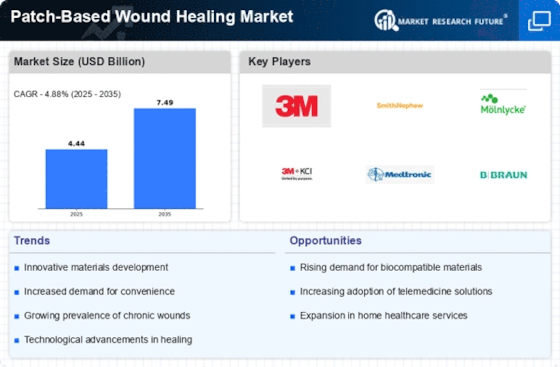
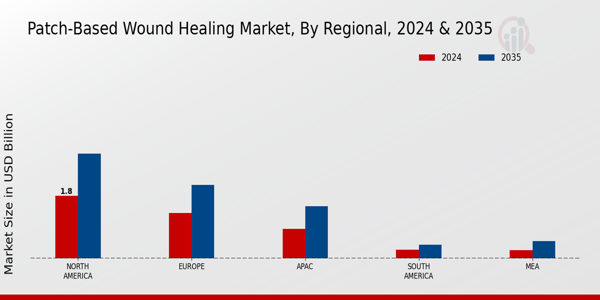
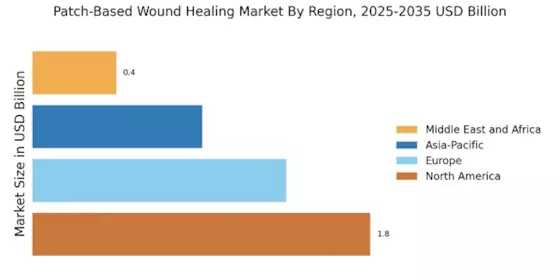



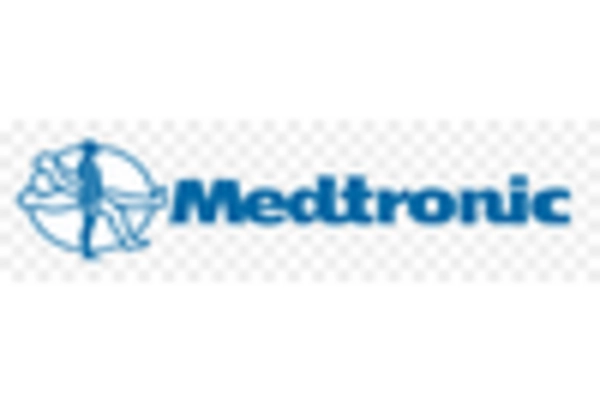
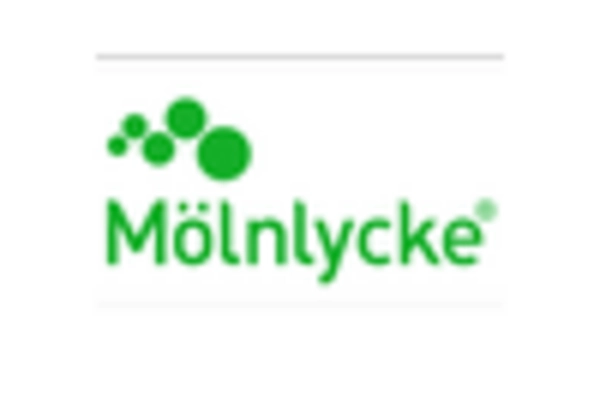









Leave a Comment